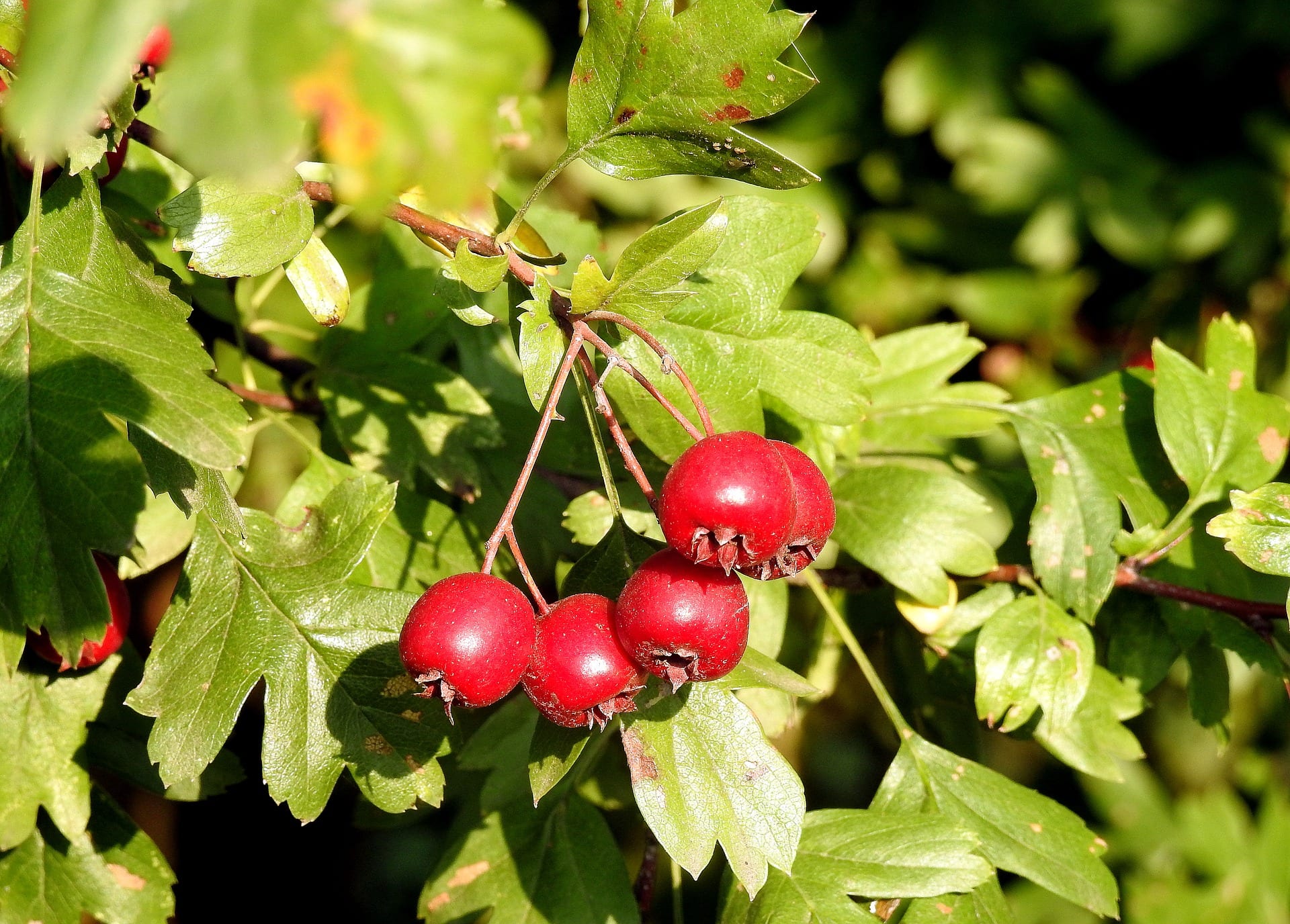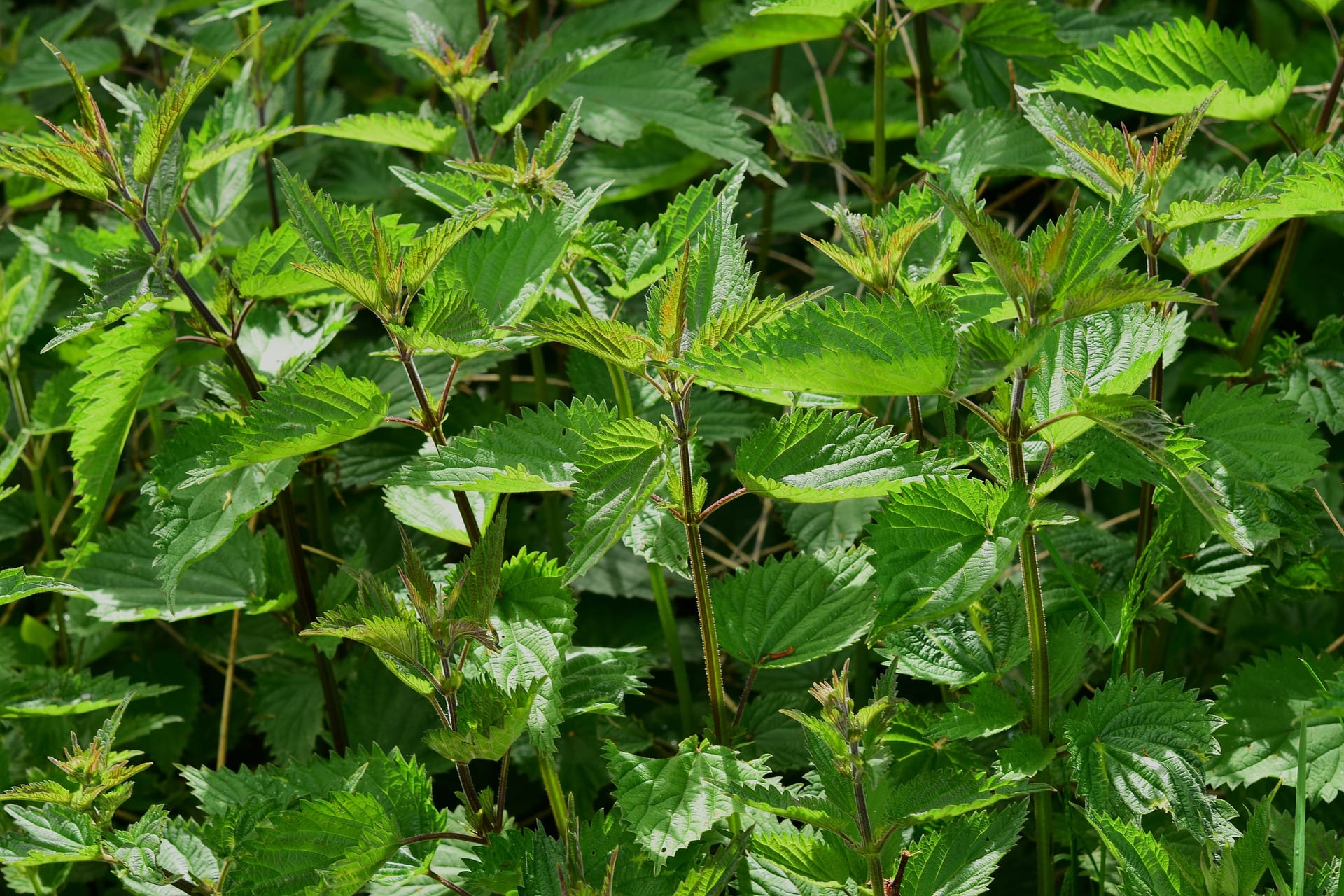(Use the information in this blog post at your own risk. Nothing presented in any form is to be construed as medical, nutritional, legal, or financial advice, or any other form of advice requiring a licensed professional. The opinions expressed here are intended for informational and entertainment purposes only.)
Our circulatory system works 24/7 and then works overtime when we’re stressed or exercising! And yet, we rarely think about maintaining this amazing body system…until something like a heart attack hits. While we should seek out professional medical care for heart attacks and other circulatory system problems, these herbs for the circulatory system are still very important.
4 Herbs for the Circulatory System

Cayenne (Capsicum annuum)
Like spicy food? If so, you’ve probably enjoyed a good kick from cayenne pepper. Ironically, this spicy pepper interrupts substance P, which transmits pain signals to the brain, and also brings blood to the area and helps relieve nerve and muscle pain. Technically speaking, it is a vasodilator that makes blood vessels more elastic. (Vasodilators are used for lowering high blood pressure.) While you shouldn’t use cayenne before surgery, it’s a great circulatory system herb for spice lovers.
Can’t stand the heat? Try infusing in oil—it’s not as hot as you might think.

Ginger (Zingiber officinale)
A popular Asian spice, ginger settles the stomach, relieves pain, reduces inflammation, and fights infection. Ginger is also a synergist; we use synergist herbs to connect different herbs and create an herbal blend that is greater than the sum of its individual parts. Like cayenne, ginger is a vasodilator and also stimulates circulation is the arms, legs, hands, and feet.
While ginger, cayenne, and bilberry—another peripheral circulatory stimulant—feel warming, they shouldn’t be used for hypothermia cases. Peripheral circulatory stimulants encourage blood flow to the extremities. In cases of hypothermia, you want to warm up the victim’s heart and core first. You may use ginger later, once the victim has been warmed internally.

Hawthorn (Crataegus spp.)
A king of circulatory system herbs, hawthorn berries are a valuable cardiac tonic. Hawthorn strengthens the heart and entire circulatory system and is hypotensive, meaning it makes vessels healthy and elastic, thus relieving high blood pressure. It also fights arrhythmia, which is, “an alteration in rhythm of the heartbeat either in time or force”[1].

Nettle (Urtica dioca)
Often ranked with poison ivy and other poisonous plants, nettle bites back when picked. Still, this stinging weed deserves a place in the herbal medicine chest. It’s a complete protein that’s also high in minerals and, ironically, pain-relieving! In addition, nettle encourages removal of excess body fluid, lowers blood pressure, and fights diabetes.
[1] Merriam-Webster dictionary definition (http://www.merriam-webster.com/dictionary/arrhythmia)
Photo Credit: Randen Pederson.
If you’ve ever left a doctor’s office with a prescription for antibiotics, and then RIPPED IT UP before you even reached the parking lot (or you’ve taken antibiotics that you NEVER WANTED because you didn’t know what else to do), then you’ll want to check this out.
Your instincts are right. There ARE more natural ways to handle serious infections, cuts, wounds, animal bites, breaks, sprains, and more!
Want to Learn More from Herbalist Cat Ellis?
Cat presented a training session in our Summit Online Course about how to make your own herbal medicines, including different preparation methods and overviews of her favorite 20 herbs. This course provides 30+ training sessions from experts like Cat Ellis, Wardee Harmon, Rick Austin, Wranglerstar, Sharon Peterson, Noah Sanders, Michael Bunker, Scott Hunt, and many more. It's a 45+ hours of content and includes $130+ in bonuses, too!
Read the Entire Herbal Medicine Chest blog series:
Introduction
Herbal Preparations
Herbs
- Herbs for the Circulatory System
- Herbs for the Respiratory System
- Herbs for Injuries and Pain
- Infection-fighting Herbs


